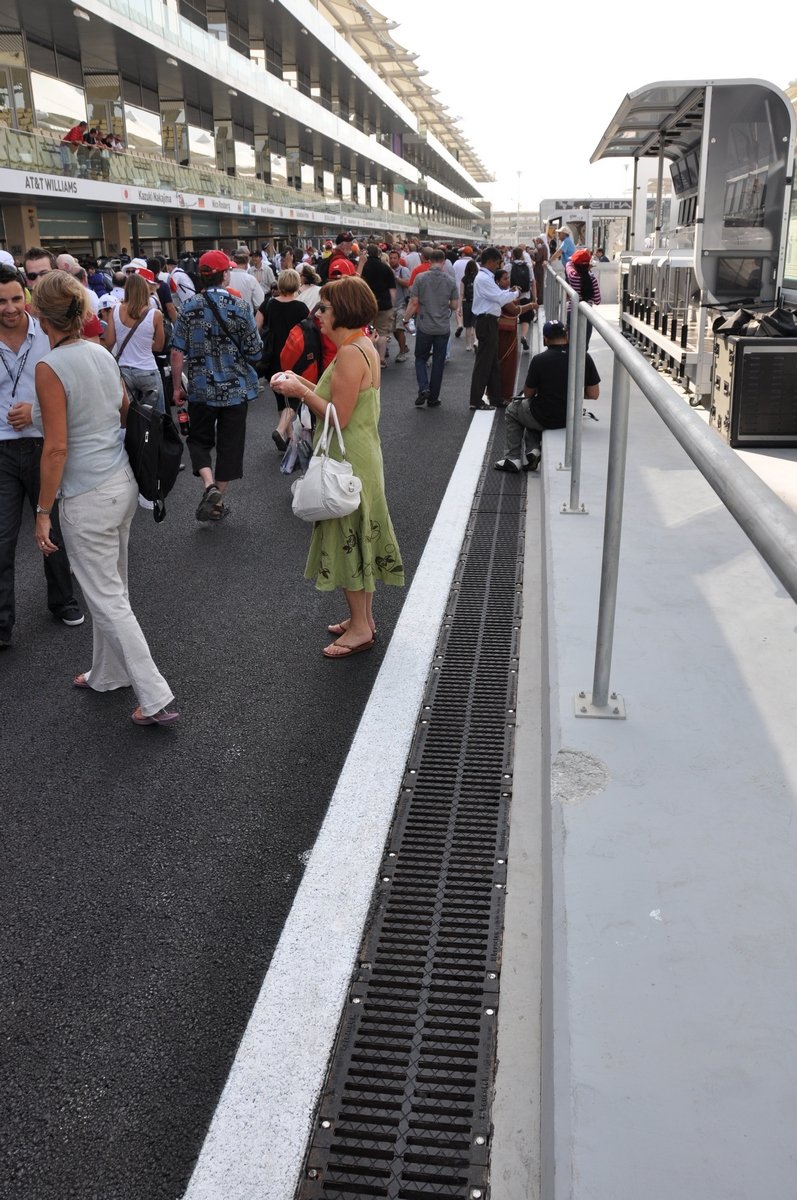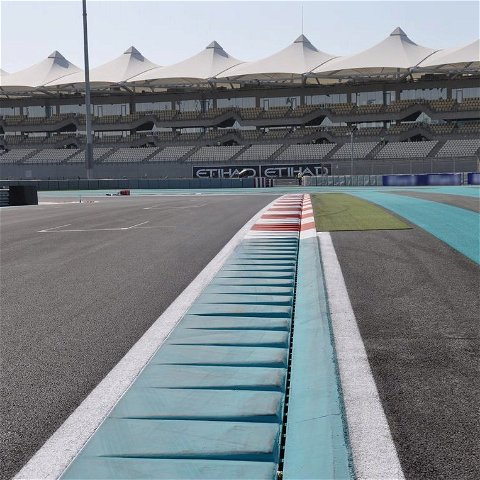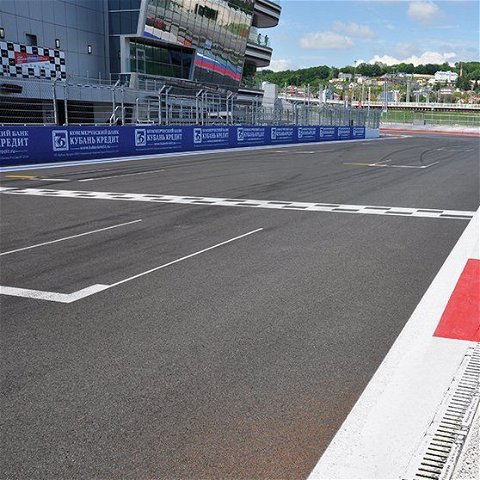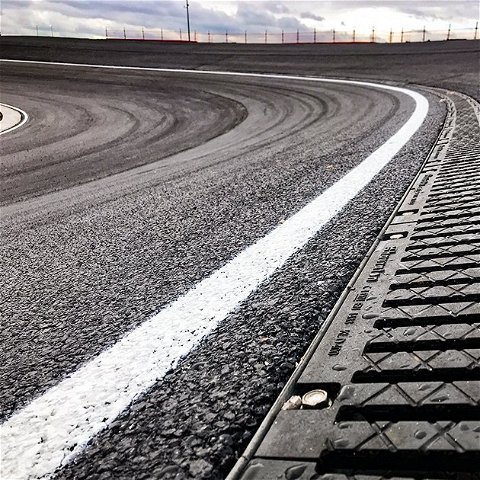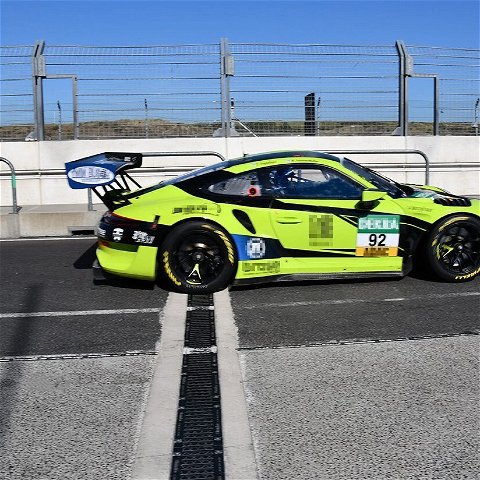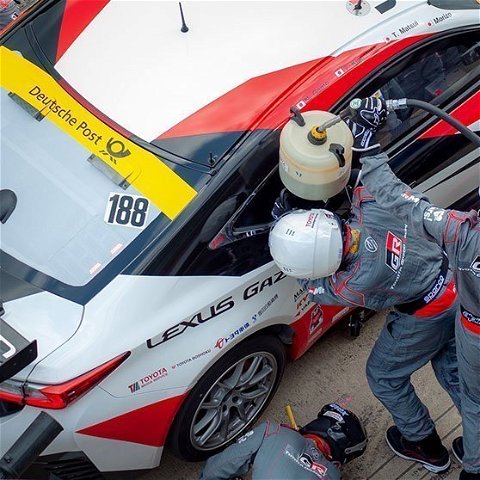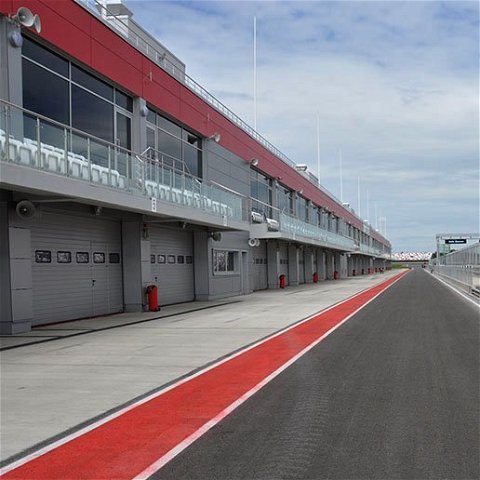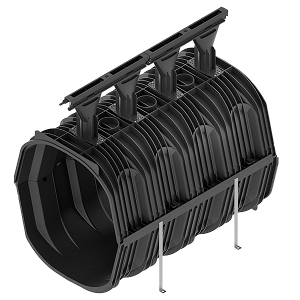Load class according to EN 1433
Load class according to EN 1433
up to F 900
up to F 900
up to E 600
Nominal width | System size
Nominal width | System size
100, 150, 200, 300, 400, 500
1000, 2000, 3000, 5000, 8000, 10000
100, 200, 300, 400, 500
Materials of the lower parts
Materials of the lower parts
Fibre-reinforced concrete
Modified polypropylene (PP), 100 % recycled composite
Modified Polypropylene (PP) or fibre-reinforced concrete
Angle housing
Galvanised steel or ductile iron edge rail with 40 x 40 mm insertion depth
Grating variants
– Ductile iron gratings
– GUGI ductile iron gratings
Retained ductile iron slotted top
Gradient
– Constant depth
– Built-in fall (150, 200, 300)
– Stepped fall
– Constant depth
– Stepped fall
Special characteristics
– SIDE-LOCK, boltless locking system
– 16 fixing points for grating/metre
– Radial installations possible
– Large channels for retention
– Channel run without slotted top achievable, for example, under planted areas
– Cable installations can be threaded though throat voids of the channel
SIDE-LOCK, boltless locking mechanism
